My love affair with Saint Clair Family Estate started several years ago when I discovered their wine at a trade tasting. Ever since, they have steadily remained a staple in my cellar. When I run out of Saint Clair wines, I tend to get grumpy and remedy the situation as quickly as possible.
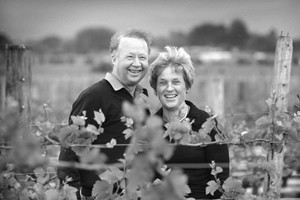
Saint Clair Estate was founded by Neal and Judy Ibbotson, growers with more than thirty years experience in Marlborough. Neal Ibbotson, a farmer turned viticulturalist, had been farming for forty years and was one of the first people to plant grapes in the Marlborough region. After growing for local wineries for several decades, the Ibbotsons decided to start their own, a winery dedicated to producing superb wines; Saint Clair Estate was born. The name “Saint Clair” is derived from “Sinclair,” originating from the property first settled by the Sinclair family. James Sinclair built one of the first structures in Blenheim.
1994 was their first vintage and every single one of their wines produced during their inaugural year was awarded a gold medal. In the time since, the name Saint Clair has become synonymous with top-notch quality. However, as the awards pile up, the Ibbotsons refuse to rest on their laurels. Instead they continuously strive for excellence. Today, Saint Clair wines enjoy international acclaim and are high in demand, boasting exports to thirty-five markets world-wide.
Saint Clair’s inspired mission is to consistently craft world-class wines with wide spectrum of flavor. Neal Ibbotson combines his extensive knowledge of Marlborough’s unique climate and soils with the expertise of some of New Zealand’s most talented winemakers (a team of five led by Matt Thomson and Hamish Clark). In New Zealand, it is relatively common to have different white and red winemakers. The team spends an hour each day tasting barrel samples in order to precisely gauge the progress of their wines. It is evident how much they enjoy the collaborative process.
The blending trials are rigorous, with the team tasting 60 wines a day over a period of several weeks. The team of tasters is typically comprised of the house winemakers, along with their colleagues from other wineries and industry folks, and is led by Neal Ibbotson. They refuse to blend the best wines, so they are made as stand-alones.

Consulting winemaker, Matt Thomson, has been involved with Saint Clair since its inception. He trained in Italy and the Bordeaux region of France. His laser-like focus on quality results in spending a lot of time in the vineyards. A staunch believer in optimal physiological ripeness, he crafts wines of character, purity and complexity.

Hamish Clark has worked for Saint Clair since 2001. His unique background in Microbiology, Zoology and Forensics earned him a number of positions at Saint Clair including lab manager and cellar hand. He became the red wine winemaker in 2003.
Saint Clair Family Estate produces a number of varieties, including Sauvignon Blanc, Pinot Gris, Chardonnay, Riesling, Gewürztraminer, Gruner Veltliner, Pinot Noir, Syrah and Merlot, twelve varieties in total. In accordance with small parcel production, they rigorously grade their fruit and make a number of designates: Reserve, Pioneer Blocks, Premium Marlborough and Vicar’s Choice. Designates are only produced when wine is up to task. If a particular vineyard doesn’t perform, no designate is produced in that vintage.
The winery is state-of-the-art, a collaborative design effort of architect Neal Charles Jones and winemaker Matt Thomson. It is strategically located at a middle point between Awatere and Wairau Valley Vineyards in order to maximize speedy fruit delivery during harvest. In addition to extensive and efficient production and storage, it also has bottling and shipping facilities.
The winery was constructed with the expeditious delivery and processing of grapes in mind. No expense was spared and extra care was taken to ensure the preservation and the integrity of fruit. Essentially, Saint Clair is a medium-size winery that is set up for small batch production. Since small ferments need to be closely watched, the facility is extensively staffed.
Saint Clair has developed six vineyard sites in Marlborough, spread across the Rapaura, Awatere, Waihopai and Omaka Valleys. Only superior fruit from the best locations for each individual variety is selected for the Saint Clair label.
In 2001, Saint Clair introduced a “grading system” for their vineyards. Different wine batches are graded on a scale of ten. This unique data demonstrates which vineyards deliver the best fruit from each varietal.
The winery practices sustainable farming with minimal use of chemicals. Its open canopy management system maximizes light and airflow to encourage healthy growth and minimize disease. Leaf, fruit and shoot thinning concentrate flavor. Post-harvest, the fruit is moved rapidly from vine, to press, to tank and/or barrel, in order to preserve fruit quality and varietal character.

Saint Clair has a number of top-flight vineyard blocks. Doctor’s Creek Vineyard is planted to Sauvignon Blanc Riesling and Pinot Noir. Awatere Valley is dominated by Sauvignon Blanc and Chardonnay. Rapaura is known for its phenomenal Merlot and Pinot Gris. Omaka Vineyard is planted to Chardonnay along with some Pinot Noir. Sauvignon Blanc is the star of Ben Morven. The Strip Block Vineyard, named after a narrow strip of clay soil, is planted exclusively to Pinot Noir, utilizing Dijon clones 6, 777, and 115. Due to rigorous quality control, all blocks are low yield and are hand harvested.
During a recent visit to the winery, I was greeted by Mark Shaw, a son-in-law of the Ibbotsons. Sporting a T-shirt that read “A Penguin can’t be a Giraffe. So just be the best Penguin you can be,” he cheerfully informed me that I had arrived just in time for gin and tonic hour. I knew instantly that we would get along!
It was clear from my discussion with Mark that Saint Clair’s success is driven by a “reach for the stars” philosophy. They continuously experiment and are in a constant state of fluidity; driven by the spirit of innovation.
We discussed the young New Zealand “accidental” wine industry and the challenges of marketing, educating consumers about quality and concentration, separating fact from fiction. We spoke about the trendy grapes such as Gruner Veltliner (with its Elephantitus-like vines bearing enormous fruit clusters). We mulled over Pinot, a very delicate grape which is labor intensive, requiring all fermentors to be hand plunged several times a day. We joked about getting a rugby team to work there post-harvest.
We spoke of fermentation, a crucial part of the winemaking process, (every vineyard at Saint Clair is kept separate through the fermentation all the way to completion) and how it manifests itself. For instance, warm fermentation adds viscosity, and other aspects of winemaking, such as barrel program. Relevant oak builds a frame around the fruit and matching wood to grape is a an essential element. For example, Saint Clair Chardonnay which is planted to Clone 15, tends to be assertive and concentrated. It rests in hundred percent new American oak. Gewürztraminer is a lot more reductive, flamboyant and high maintenance variety. It can be disjointed, so it order to create delineation, add interest & structure, mostly older barrels are used. They learned that certain vineyard blocks favor certain coopers. Some prefer Francois Frere, some Saury or Silvain.
Due to the host’s generosity, I got to taste a large number of wines, all of which were excellent. I will highlight a few, as hard as it is not to describe them all in vivid detail.
Gewürztraminer
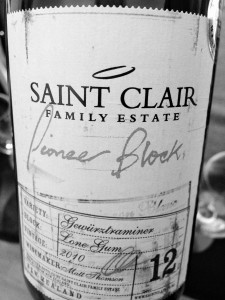
Sauvignon Blanc
2013 Swamp Block—a classic, impossibly crisp and fresh, distinct minerality, with lots of gooseberry, tomato stalk, tropical undertones and a hint of Meyer lemon rind. Love in a bottle. I would drink it for breakfast every day.
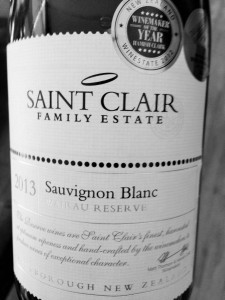
There was a whole spectrum of Pioneer Block bottlings, each with a piercingly unique set of characteristics, each offering a stimulating and satisfying experience, along with tank samples that showed oodles of promise.
A word on 2014 Estate. Run, don’t walk to get your hands on this one. Delicious and the best Sauvignon Blanc QPR (quality-price ratio) I have had to date.
Tasting multiple bottlings side by side cemented my undying love for this brand. If I had to drink one white wine for the rest of my life: you just read about it.
Chardonnay
I wanted to especially highlight those since this was my first time trying them, and I was thoroughly impressed.
2013 Omaka Reserve features gorgeous nose of stone fruit with a hint of smoky spice, an expansive mouth-feel and well delineated acidity. Savory and satisfying, it is full bodied without being over-the-top. A stellar winemaking effort. 2013 Block 11 (Cell Block) is seduction in a bottle. Exotic fruit, fresh playful characters make this one entirely irresistible, not to mention a long, plush finish.
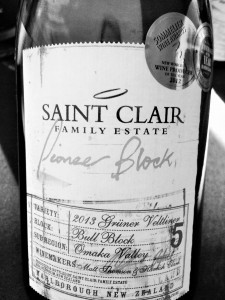
Time flew by and I didn’t want the visit to end. I named Saint Clair my favorite winery in my prior article based upon drinking their wines in the US. Having been there validated why I love their wines so very much. Impassioned people making inspired wines.
I urge you to seek their wines out. The US importer is Winesellers Ltd. It will undoubtedly redefine your perception of what Sauvignon Blanc can deliver. It did mine.
















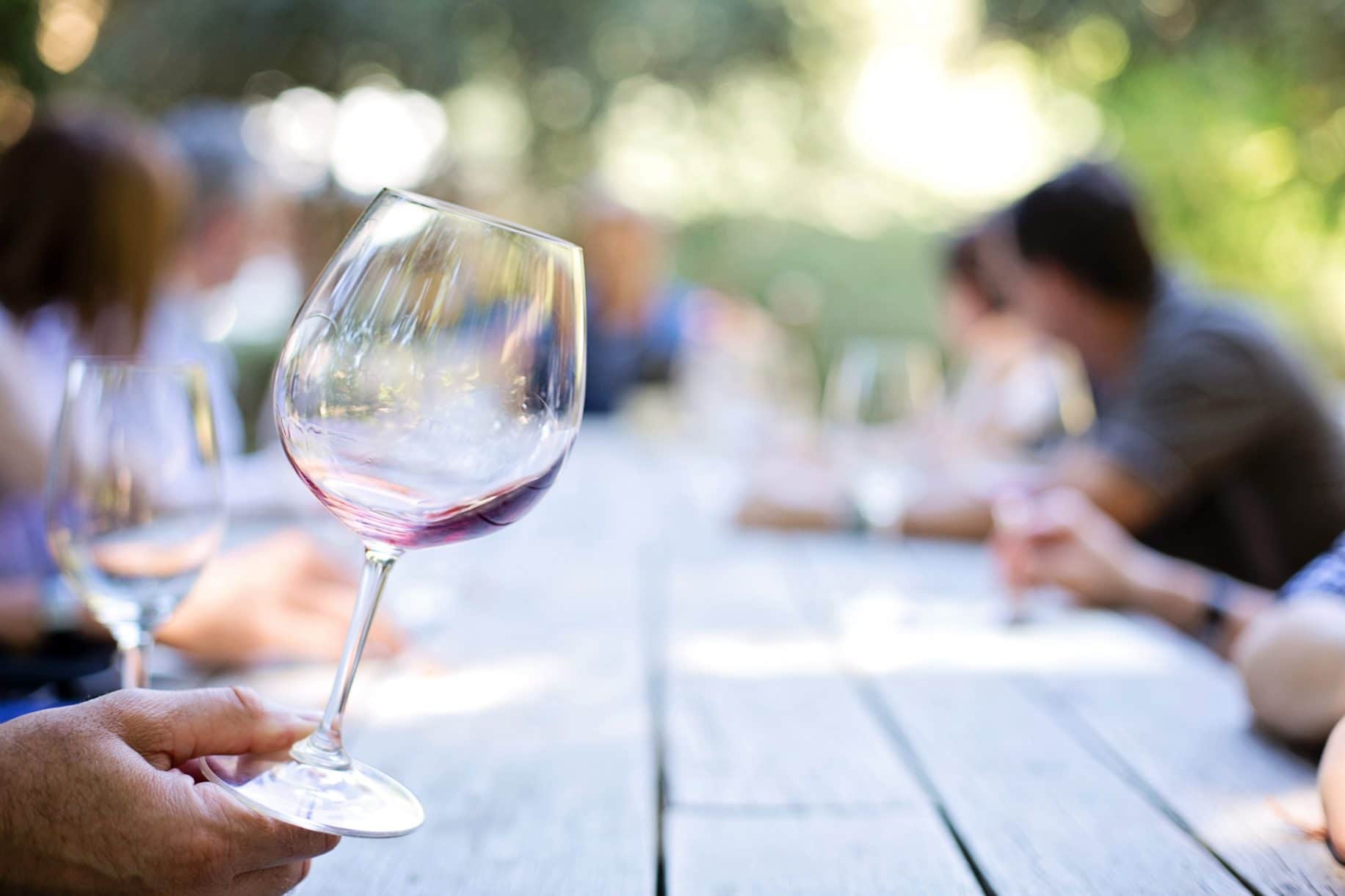

You must be logged in to post a comment.